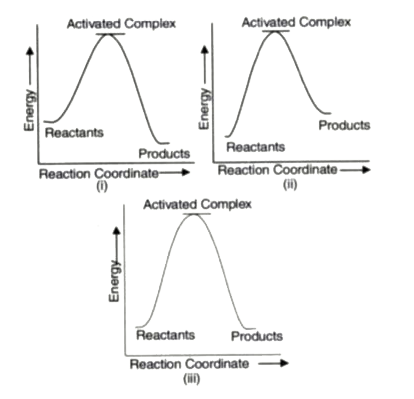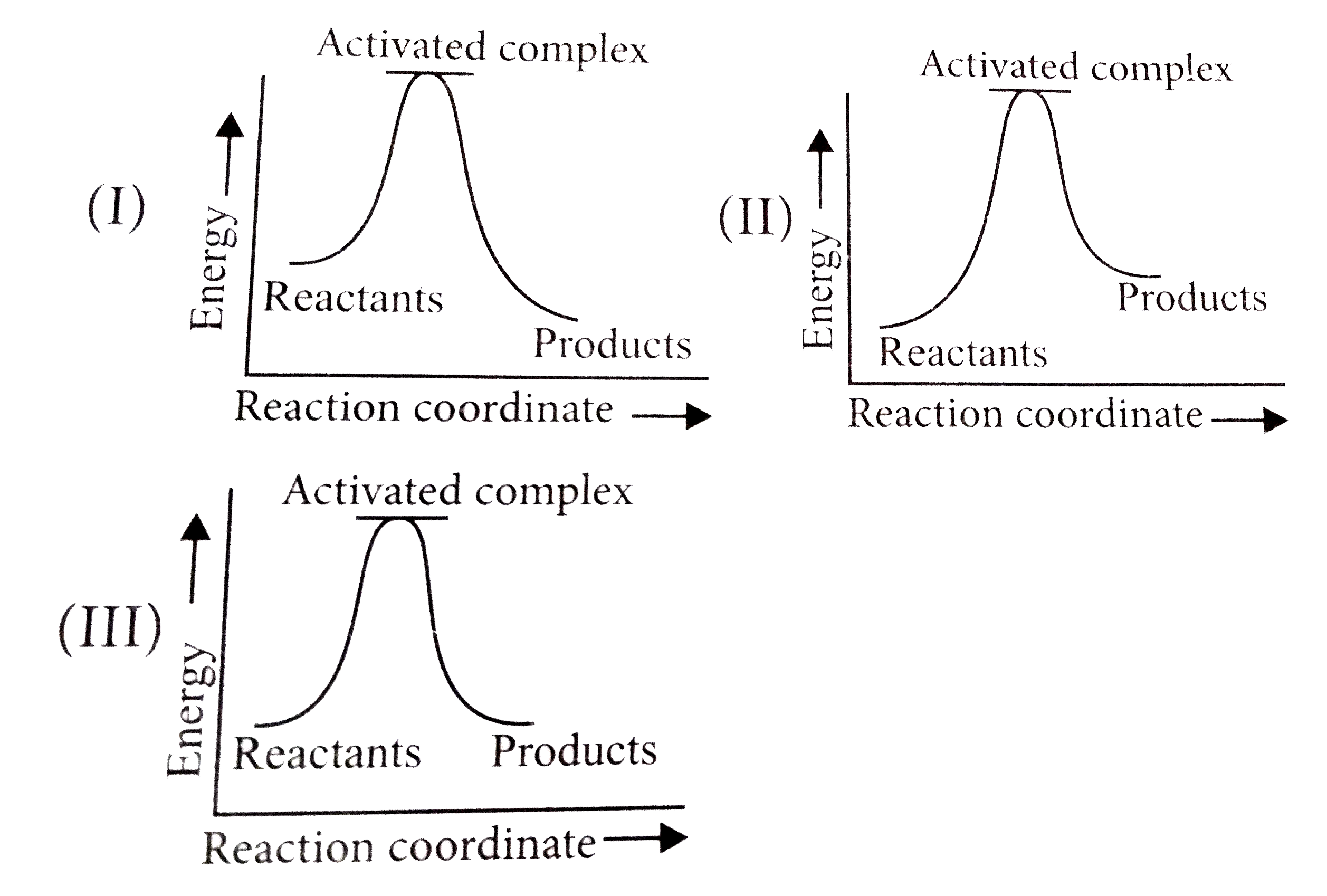Which of the following graphs represents the correct Boyle's law ?

A
(i) , (ii) and (iii)
B
(i) and (iv)
C
(ii) and (iii)
D
(i) , (ii) and (iv)
Video Solution
Text Solution
The correct Answer is:A
(i), (ii) and (iii) represent Boyle's law which is P∝1V or PV is constant at constant temperature.
|
Topper's Solved these Questions
- STATES OF MATTER Book:NCERT FINGERTPS ENGLISHChapter:STATES OF MATTER Exercise:Ideal Gas Equation
Explore 33 Videos
- STATES OF MATTER Book:NCERT FINGERTPS ENGLISHChapter:STATES OF MATTER Exercise:Kinetic Energy And Molecular Speeds
Explore 4 Videos
- STATES OF MATTER Book:NCERT FINGERTPS ENGLISHChapter:STATES OF MATTER Exercise:The Gaseous State
Explore 1 Video
- SOME BASIC CONCEPTS OF CHEMISTRY Book:NCERT FINGERTPS ENGLISHChapter:SOME BASIC CONCEPTS OF CHEMISTRY Exercise:NCERT Exemplar
Explore 11 Videos
- STRUCTURE OF ATOM Book:NCERT FINGERTPS ENGLISHChapter:STRUCTURE OF ATOM Exercise:Assertion And Reason
Explore 15 Videos
Similar Questions
Knowledge Check
Which of the following graphs represents exothermic reaction ?
 A(i) onlyB(ii) onlyC(iii) onlyD(i) and (ii)
A(i) onlyB(ii) onlyC(iii) onlyD(i) and (ii)Which of the following graphs represents exothermic reaction ?
 A(i) onlyB(ii) onlyC(iii) onlyD(i) and (ii)
A(i) onlyB(ii) onlyC(iii) onlyD(i) and (ii)Which of the following graphs represents exothermic reaction ?
 A(i) onlyB(ii) onlyC(iii) onlyD(i) and (ii)
A(i) onlyB(ii) onlyC(iii) onlyD(i) and (ii)
Which of the following graph represents Boyle's law ?
View SolutionWhich of the following graphs represents exothoermic reaction?

View SolutionWhich of the following represents the ohm's law ?
View SolutionWhich of the following graph represents uniform motion
View SolutionWhich of the following graph represents uniform motion
View Solution



